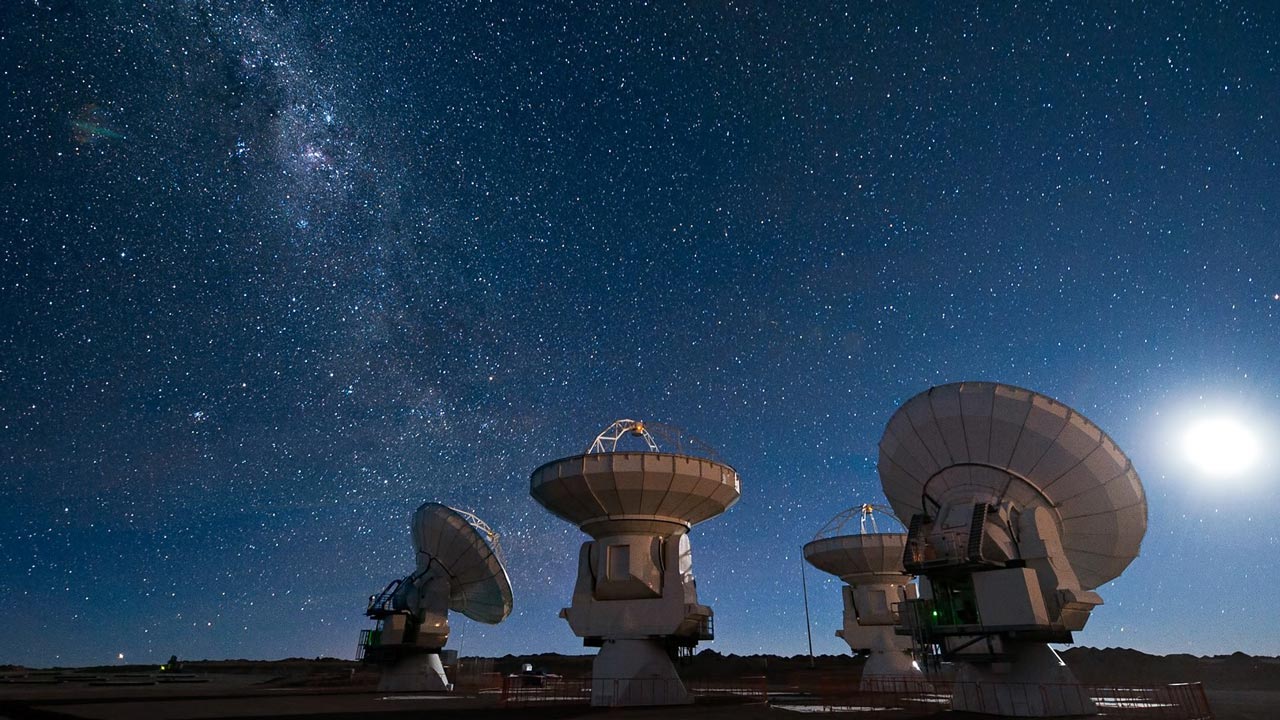6 Giant Leaps Forward in Space Exploration
This space will be reserved for a few of the technological advancements that have been made in the field of space exploration. From Neil Armstrong’s giant leap for mankind to man being able to explore Mars using Space Rovers. Pioneers Two brave pioneers spring to mind when you think of spaceflight. Russian Cosmonaut Uri Gagarin became the first man in space on 12 April 1961, orbiting it for 108 minutes in his Vostok 1 spacecraft. Previously only un-manned missions had been carried out. The first man-made object to land on the moon had been the Soviet Union’s Luna 2 on 13 September 1959. It was not, however, until 20 July 1969 that man arrived there in person and was able to walk its surface for the first time in history. A crew from the United States achieved it with Neil Armstrong, who uttered the famous words, “One Giant Leap for…
How the Technology We See With has Changed
We perhaps take it for granted that despite having been born with less than perfect vision, we can continue to have it corrected by lenses, or more permanently elect to have it corrected by laser eye surgery. This was not always the case. This article will explore how technology has changed in optometry. Early Lenses 13th century examples exist from Europe of handheld convex lenses that were used in the treatment of presbyopia, or vision loss that was age-related. Today, this treatment is normally wearing reading glasses as treatments are still developing for this. However, there is monovision. That presbyopia surgery option should help those suffering from presbyopia to see both distant and near objects without reading glasses. That might be worth looking into. In Italy, lenses were glass-blown and set in in leather, wood, or animal horn. The glass would be held against the face or perched upon the…
Ancient Star Explosions Revealed in Deep-Sea Sediments
A mystery surrounding the space around our cosmic region is unfolding thanks to evidence of supernovae found in deep-sea sediments. According to a scientific study which shows the Earth has been travelling for the 33,000 years through a cloud of faintly radioactive dust. The study suggests that these clouds could be remnants of previous supernova explosions, a powerful and super bright explosion of a start. Researchers searched through several deep-sea sediments from two different locations that date back to 33,000 years using an extremely sensitive instrument called a spectrometer. They found clear traces of the isotope iron-60, which is formed when starts die in supernova explosions. Iron-60 is radioactive and completely decays away within 15 million years, which means any iron-60 found on Earth must have been formed much later than the rest of the 4.6 billion year old earth and appeared here from nearby supernovae before settling on the…


